This elastic sports tape is used by all athletes from elite to beginnner to support muscles, joints, tendons, and ligaments.
Designed to help reduce tissue pressure and support muscles and joints.
Used for knee pain, shoulder pain, shin splints, back pain, and more.
Easy to self-apply for common injury areas.
What Is It?
Kinesiology tape is a type of flexible adhesive tape that is used to support muscles and joints, reduce pain, and improve athletic performance. It was developed based on the principles of kinesiology, which is the study of human movement and how the body's muscles and joints work together.
Kinesiology tape is designed to be similar in elasticity and thickness to human skin. It has a unique wave-like pattern on its adhesive side that allows it to stretch and contract along with the body's movements.
When applied properly, the tape lifts the skin slightly, creating a space between the skin and the underlying tissues. This is believed to have several potential benefits.
kinesiology tapes are often used by athletes, individuals with sports injuries, and people seeking pain relief or muscle support.
The tape is believed to work by lifting the skin slightly, which is thought to create a space that can help reduce pressure on the underlying tissues, improve circulation, and promote healing.
How To Use It:
Clean the Skin: Ensure that the area where you plan to apply the tape is clean and dry. You can use a gentle skin cleanser or alcohol wipes to clean the skin. Make sure there's no lotion, oil, or sweat on the skin as this can affect the tape's adhesion.
Stretch and Apply the Tape:
- Gently stretch the tape as you apply it to the target area. The stretch should be greatest at the ends of the tape, with a gradual decrease in tension as you move towards the middle.
- Be cautious not to overstretch the tape, as it can cause discomfort or reduce its effectiveness.
- Apply the tape with the muscle or joint in a neutral or slightly stretched position to achieve the desired therapeutic effect.
Smooth and Activate the Tape: Once the tape is applied, rub the tape gently with your hand to activate the adhesive. This helps the tape adhere better to the skin.
Avoid Wrinkles and Bubbles: Ensure that the tape is applied smoothly without wrinkles, bubbles, or folds. These can cause discomfort and affect the tape's effectiveness.
Wear Comfortably: Kinesiology tape is designed to be comfortable to wear and move with your body. Avoid applying the tape too tightly, as it can restrict circulation and cause discomfort.
Follow Professional Guidance: If you're using kinesiology tape for a specific injury or condition, it's important to consult with a healthcare professional or a physical therapist. They can provide guidance on the best taping techniques for your situation.
Removal: Kinesiology tape is usually worn for several days before needing to be replaced. When removing the tape, do so gently and slowly. (See more info on removal at the end of this post).
Benefits:
- Support and Stability: Kinesiology tape can provide support to muscles and joints without restricting movement. It's often used by athletes to support muscles during physical activities.
- Pain Relief: The tape's lifting effect on the skin is thought to reduce pressure on pain receptors, potentially providing relief from discomfort and pain.
- Improved Circulation: By lifting the skin, kinesiology tape may enhance blood and lymphatic circulation, which could aid in reducing swelling and promoting healing.
- Reduced Muscle Fatigue: Some users report that kinesiology tape helps reduce muscle fatigue during intense workouts or activities.
- Proprioception: The tape's presence on the skin may provide tactile feedback to the body, enhancing proprioception (awareness of body position) and potentially improving posture and movement patterns.
Removal:
Removal of the kinseology tape should be done gently and to avoid irriation to the skin.
-
Prepare: If possible, remove tape while in the shower or bath. Warm water can help loosen the adhesive, making removal easier.
-
Take Your Time: Slowly peel back the tape from one corner. It's important to take your time to minimize the risk of pulling on the skin.
-
Use Oil or Adhesive Remover (Optional): If you're finding it difficult to remove the tape, you can apply a small amount of oil (such as baby oil or coconut oil) to the edges of the tape. Gently rub the oil into the adhesive and wait for a few minutes. This can help loosen the tape's grip on the skin. Alternatively, some adhesive removers specifically designed for medical tapes are available. Be cautious not to use products that might irritate your skin.
-
Peel Gradually: Slowly and gently peel the tape back in the direction of hair growth. Pulling against the direction of hair growth might cause discomfort.
-
Support the Skin: As you peel the tape, use your other hand to support the skin. This can help prevent any pulling or tugging on the skin, reducing the risk of irritation.
-
Use Warm Water and Soap: After removing the tape, you can use warm water and mild soap to gently cleanse the area where the tape was applied. This can help remove any residual adhesive. Pat the area dry with a clean towel.
-
Check for Skin Reactions: After removing the tape, inspect the skin for any signs of irritation, redness, or discomfort. If you notice any issues, avoid applying tape to that area until the skin has fully healed.
-
Moisturize: Apply a gentle, hypoallergenic moisturizer to the skin to keep it hydrated and help soothe any potential irritation.


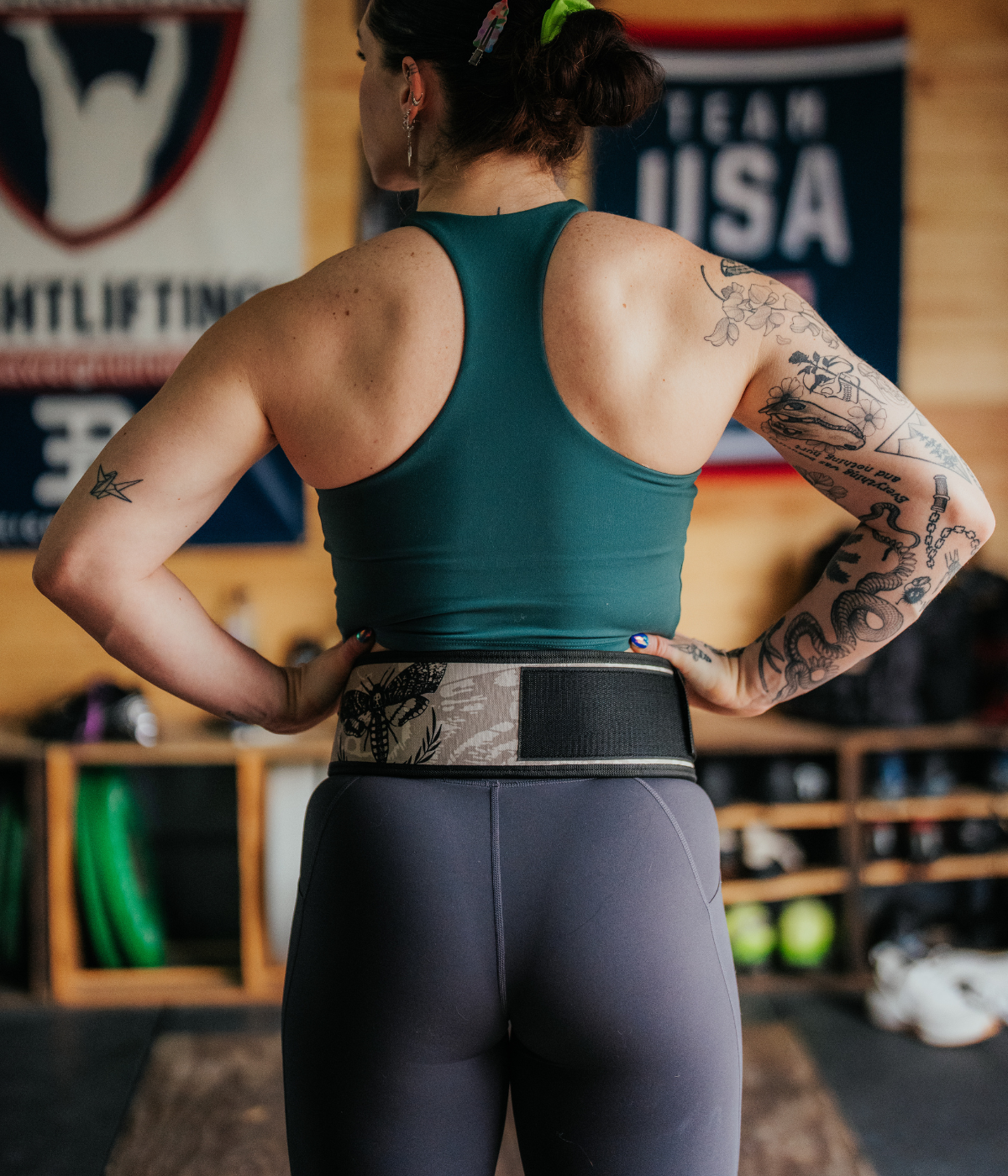
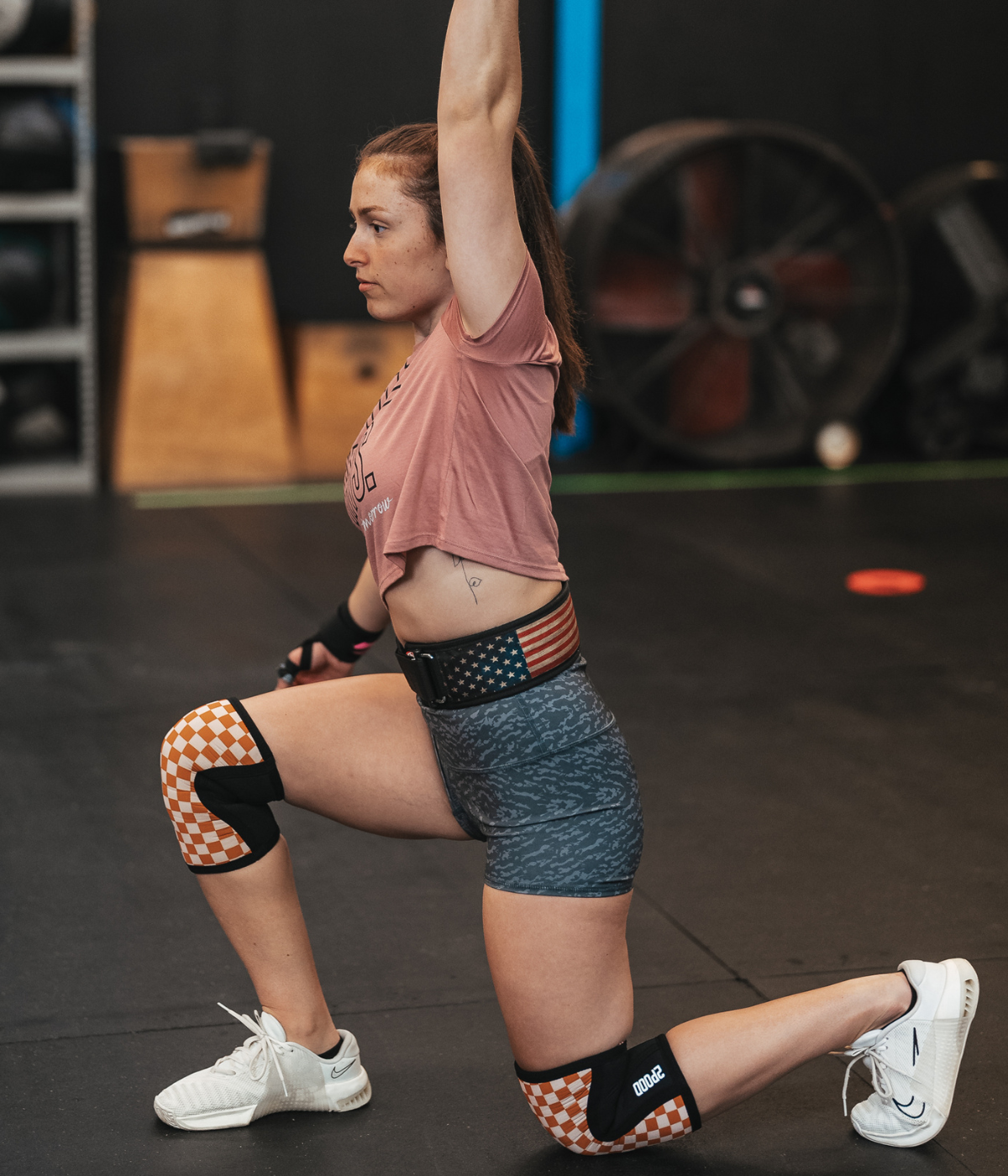
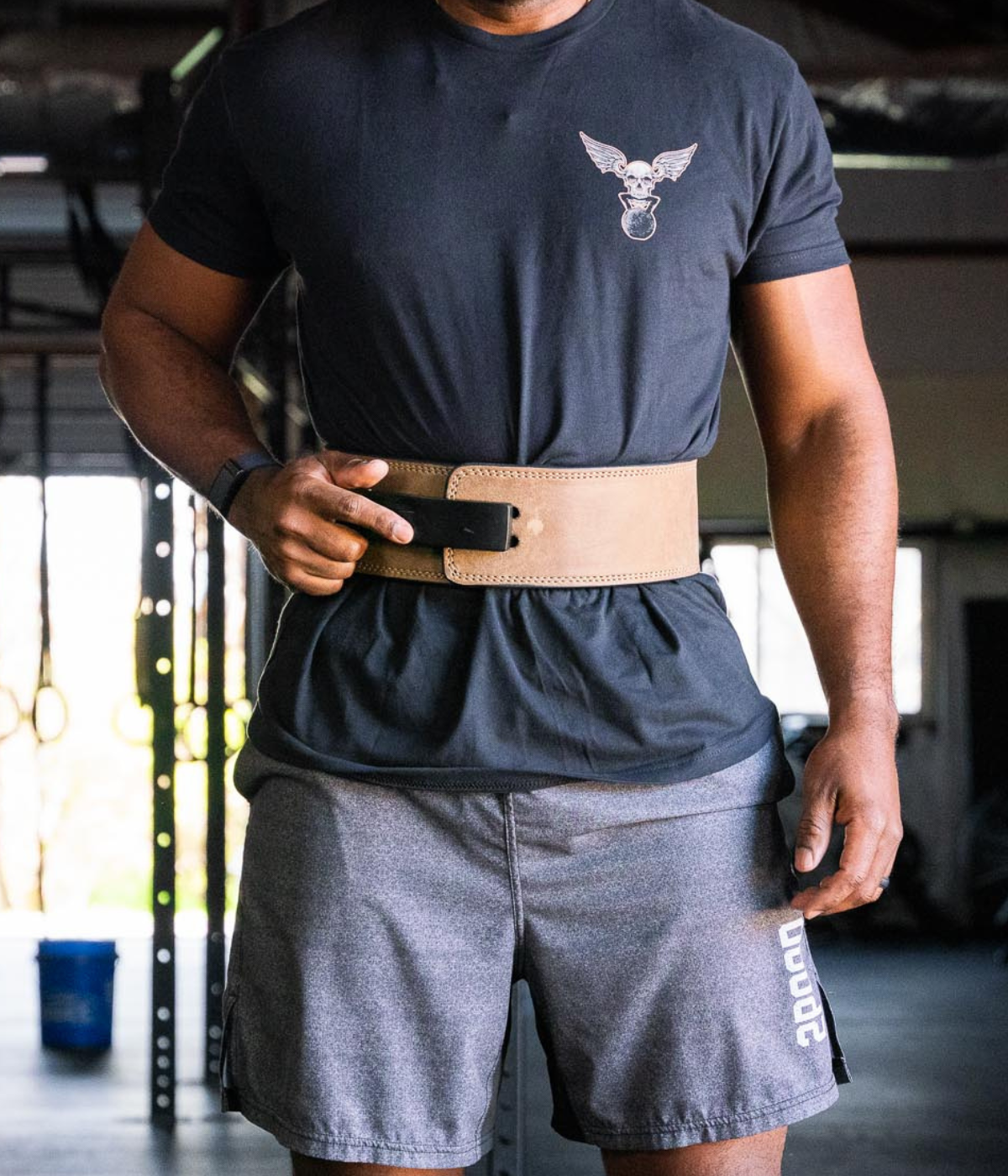
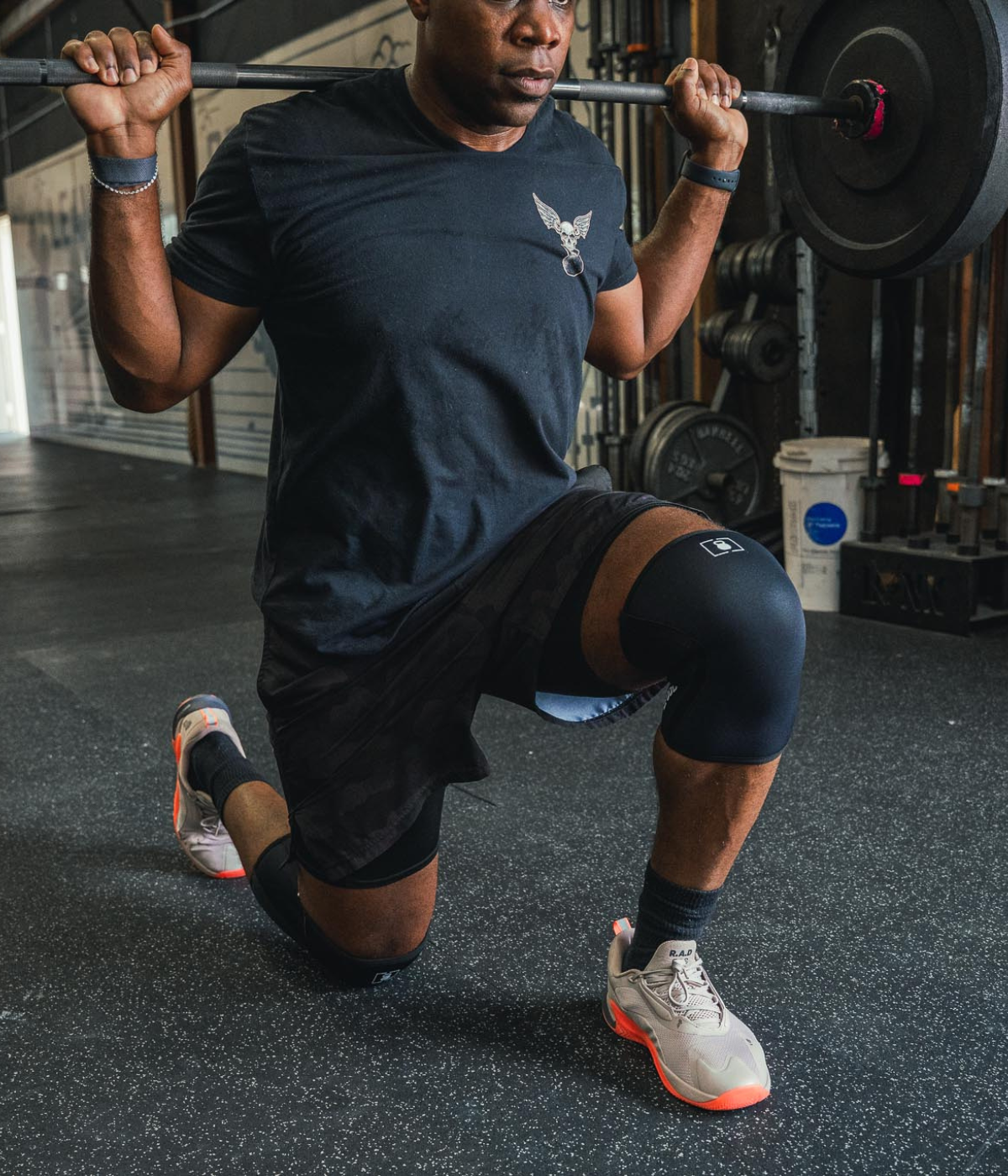
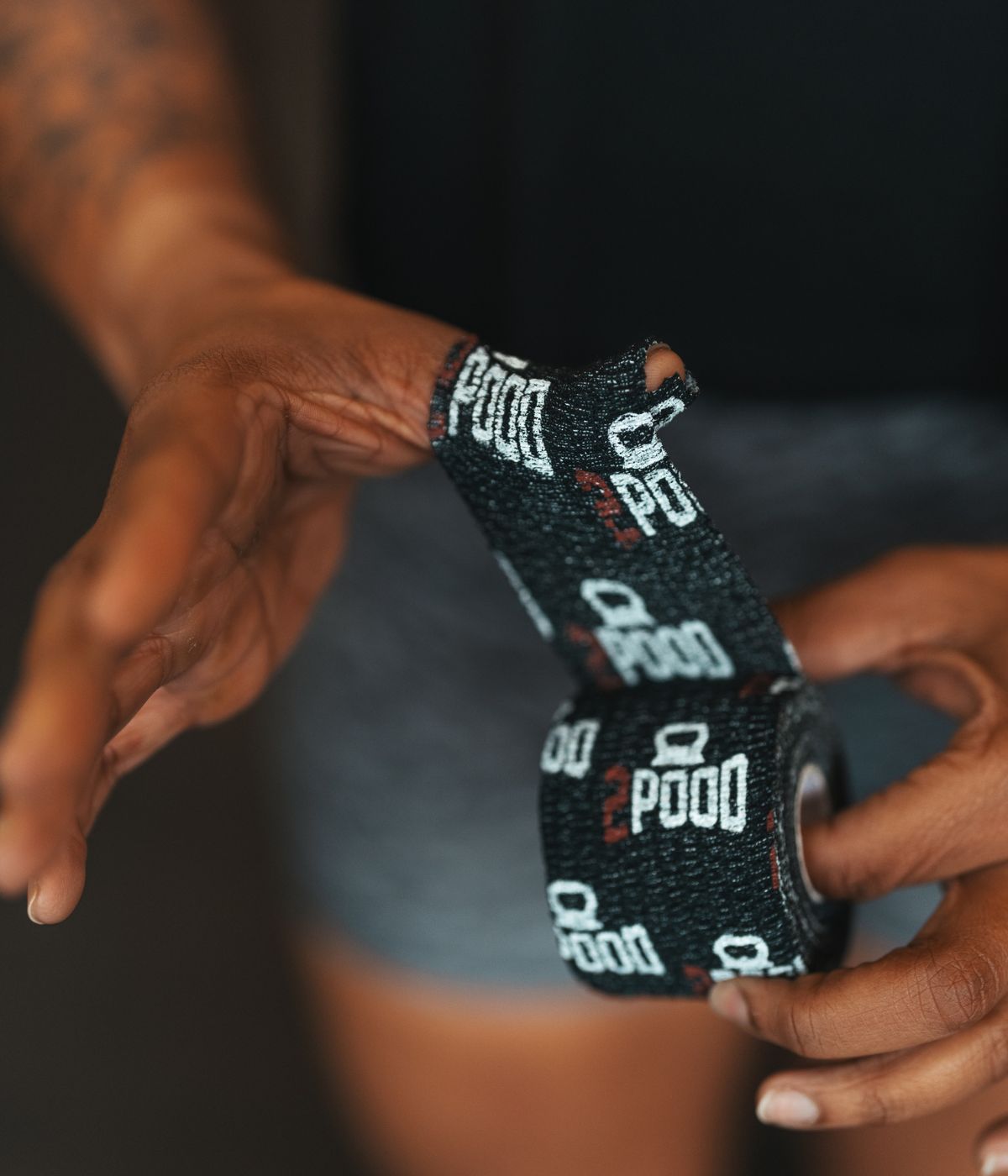
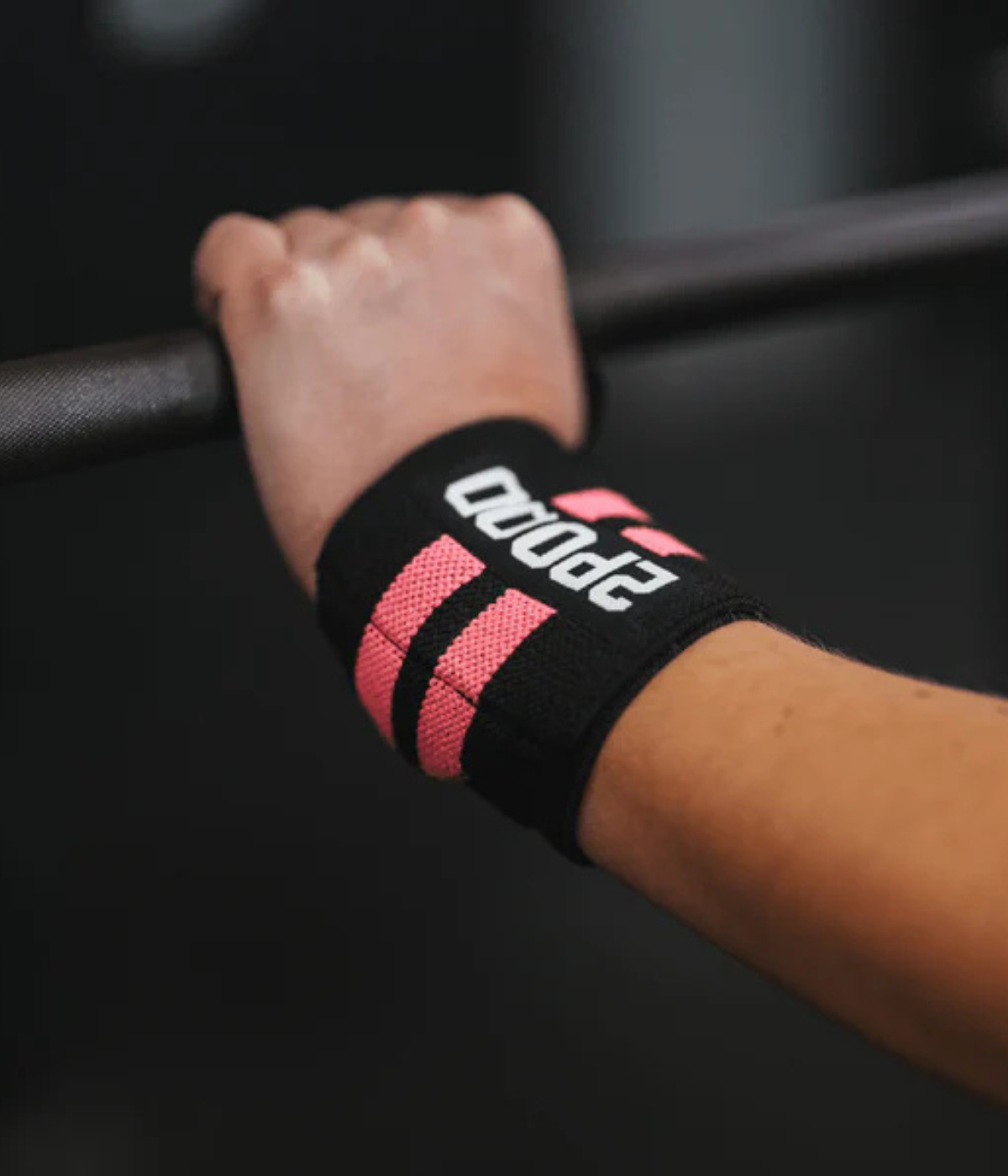

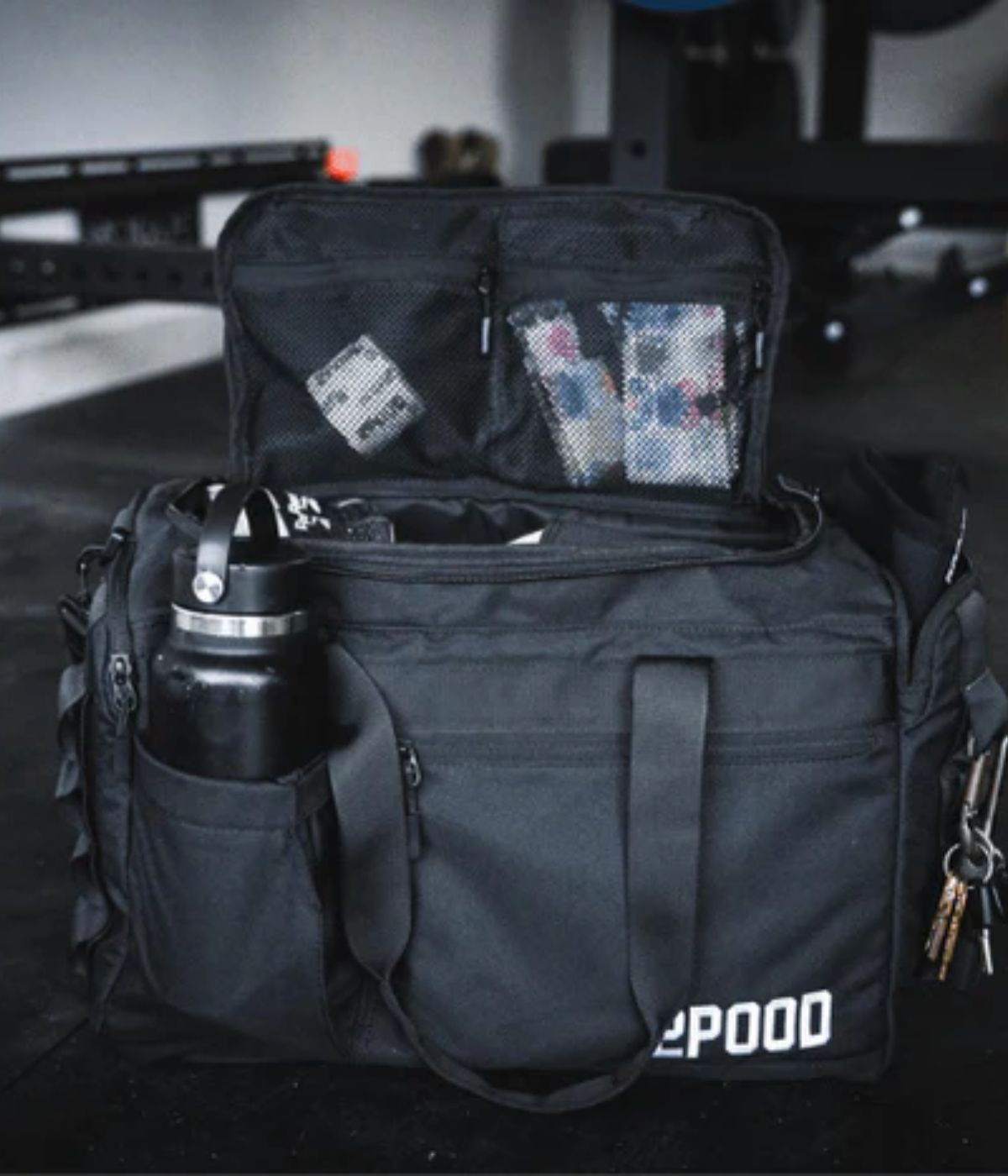
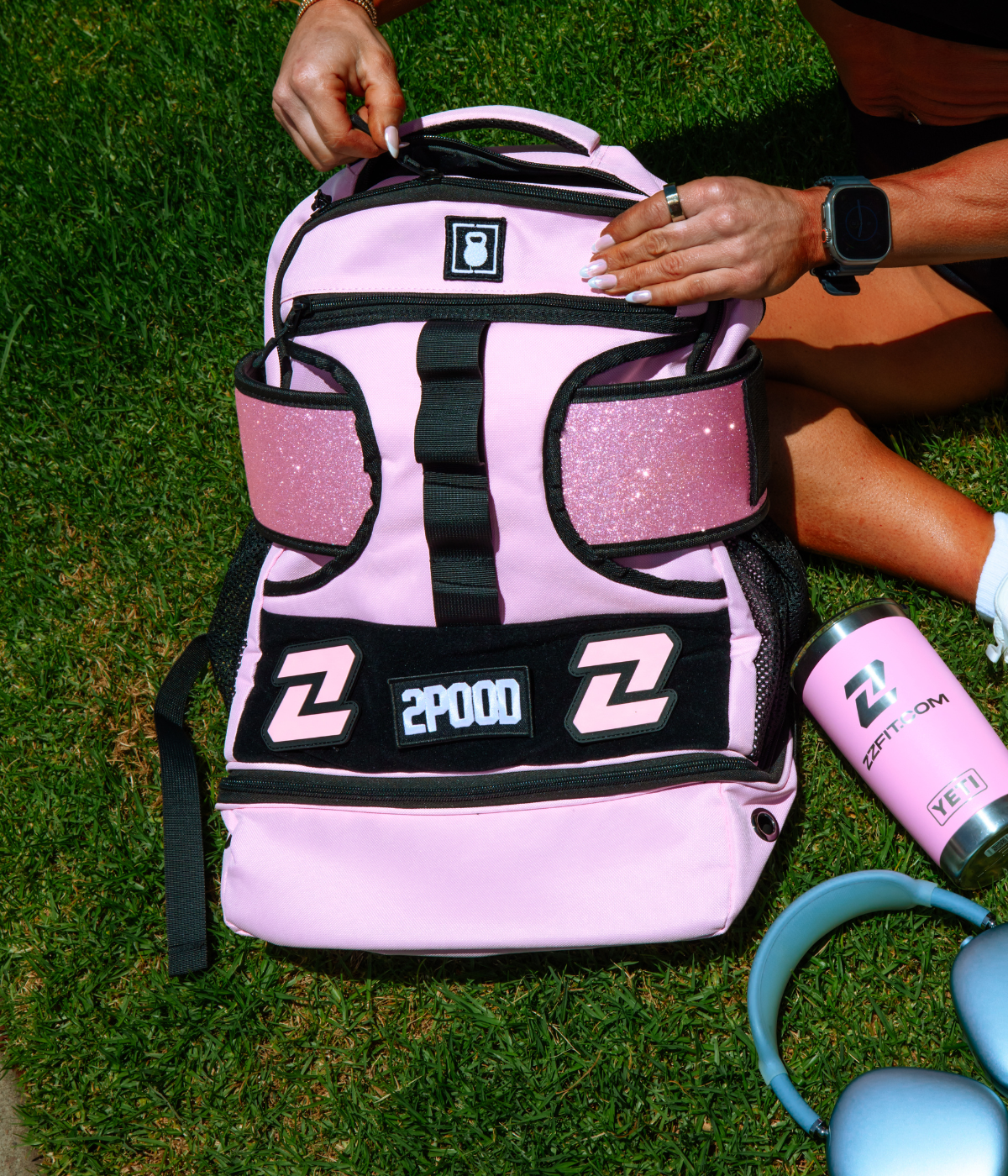



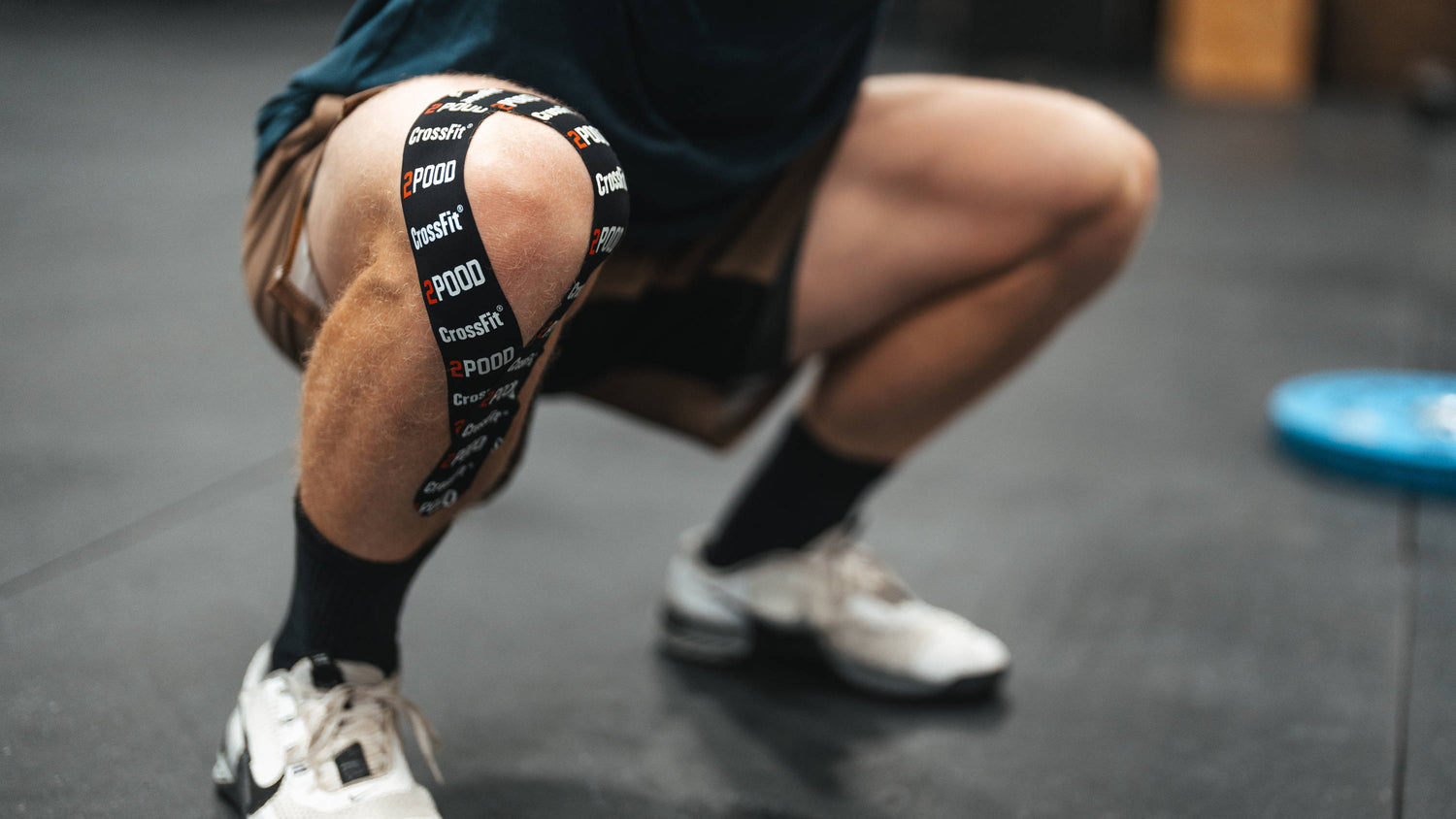


Leave a comment
All comments are moderated before being published.
This site is protected by hCaptcha and the hCaptcha Privacy Policy and Terms of Service apply.